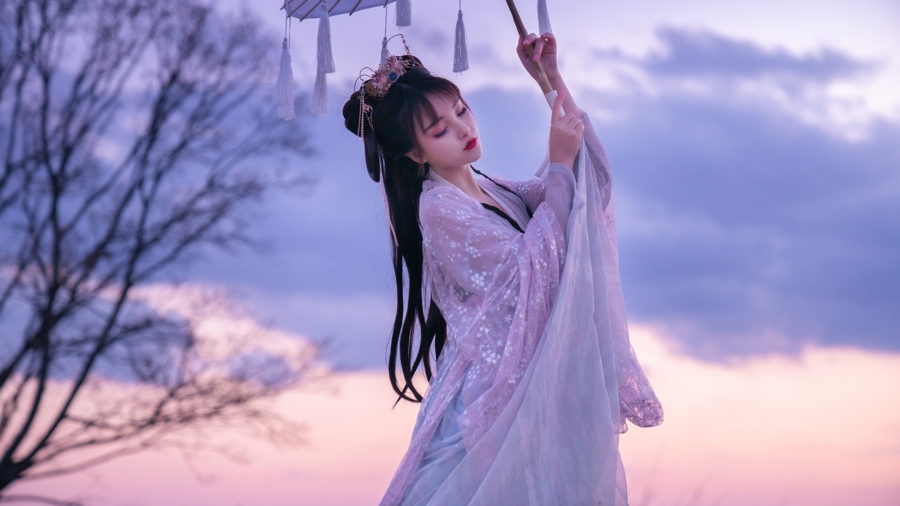Outdoor fashion photography is a captivating blend of art, nature, and fashion. The allure of shooting amidst natural landscapes or bustling urban settings brings an unparalleled vibrancy to fashion images. But what goes on behind the scenes to create these stunning visuals? Let’s dive into the world of outdoor fashion photography and explore the meticulous planning and creativity that make it all possible.
Table of Contents
The Magic of Outdoor Fashion Photography
Why do photographers love outdoor settings? It’s all about the natural light and diverse backdrops. Natural light provides a soft, flattering glow that enhances the model’s features and the clothing’s texture. Moreover, the variety of outdoor locations, from serene beaches to urban jungles, offers endless creative possibilities.
Pre-Shoot Preparations
Before the cameras start clicking, a lot of groundwork is laid.
Location Scouting
Choosing the right location is crucial. Photographers scout for spots that match the desired aesthetic of the shoot. This could be a secluded forest for a bohemian theme or a modern cityscape for a chic, urban look.
Weather Considerations
Weather can be unpredictable, and it plays a significant role in outdoor shoots. Checking forecasts and having backup plans for different weather scenarios ensures the shoot goes smoothly.
Obtaining Permits
Shooting in certain locations requires permits. Securing these in advance helps avoid legal issues and interruptions during the shoot.
Assembling the Team
A successful outdoor fashion shoot is a team effort.
Photographer
The photographer’s vision and technical skills drive the shoot. They conceptualize the theme, direct the models, and capture the images.
Models
Models bring the fashion pieces to life. Their ability to pose naturally and express emotions is vital.
Stylists and Makeup Artists
Stylists and makeup artists enhance the model’s look, ensuring that the outfits and makeup complement the location and theme.
Equipment Essentials
Outdoor shoots require specific equipment.
Cameras and Lenses
High-quality cameras and versatile lenses are essential for capturing sharp, detailed images in various lighting conditions.
Lighting Equipment
While natural light is preferred, reflectors and portable lighting can help control shadows and highlight the model.
Props and Accessories
Props can add an extra layer of creativity to the shoot, making the images more engaging.
The Role of the Photographer
The photographer is the creative mastermind. They combine artistic vision with technical expertise to produce stunning visuals. Their role includes:
Vision and Creativity
Conceptualizing the theme and style of the shoot.
Technical Skills
Using camera settings, lighting, and angles to achieve the desired effect.
Choosing the Right Locations
The location sets the mood for the shoot.
Urban vs. Nature Settings
Each offers unique advantages. Urban settings provide modern, edgy backdrops, while nature offers tranquility and organic beauty.
Iconic vs. Unique Spots
Iconic locations can attract attention, but unique, lesser-known spots can make the shoot stand out.
Model Preparation
A confident model enhances the shoot’s outcome.
Wardrobe Selection
Choosing outfits that match the theme and location is crucial.
Posing and Expressions
Guiding models on poses and expressions that convey the desired emotions and style.
Comfort and Confidence
Ensuring the model feels comfortable helps them perform better.
Styling and Makeup
Styling and makeup should align with the shoot’s theme.
Coordinating Outfits with the Location
Choosing colors and styles that complement the surroundings.
Hair and Makeup Tips for Outdoor Shoots
Using long-lasting, weather-resistant products to keep the model looking fresh.
The Importance of Timing
Timing can make or break an outdoor shoot.
Golden Hour Benefits
The golden hour, just after sunrise and before sunset, offers soft, warm light that enhances photos.
Dealing with Midday Sun
Midday sun can be harsh, so photographers use shade or reflectors to soften the light.
Capturing the Perfect Shot
Getting the perfect shot involves skill and patience.
Framing and Composition
Using natural elements to frame the shot and create interesting compositions.
Using Natural Elements
Incorporating the environment, like trees or buildings, to add depth and context.
Overcoming Challenges
Outdoor shoots come with their own set of challenges.
Weather Changes
Being prepared for sudden weather changes with alternate plans and protective gear.
Unforeseen Obstacles
Adapting to unexpected situations, like crowds or construction work, is crucial.
Post-Shoot Workflow
The work continues after the shoot.
Reviewing and Selecting Photos
Choosing the best shots that meet the creative vision.
Editing and Retouching
Enhancing the images through editing to bring out the best features.
Client Collaboration
Keeping clients in the loop ensures their satisfaction.
Meeting Client Expectations
Understanding and fulfilling the client’s vision and requirements.
Sharing Behind-the-Scenes Moments
Giving clients a glimpse of the behind-the-scenes action can build trust and excitement.
Conclusion
Outdoor fashion photography is a dynamic and rewarding field that combines creativity, technical skills, and meticulous planning. From location scouting to post-shoot editing, each step is vital in creating stunning, fashion-forward images. By understanding the behind-the-scenes process, aspiring photographers and fashion enthusiasts can appreciate the art and effort that goes into every shot.
FAQs
1. How do you find the best locations for outdoor fashion shoots?
Finding the best locations involves a mix of research, scouting, and creativity. Photographers look for places that match the shoot’s theme and offer unique, visually appealing backdrops.
2. What is the best time of day for outdoor photography?
The golden hour, just after sunrise and before sunset, is ideal for outdoor photography due to its soft, warm light.
3. How do you handle bad weather during a shoot?
Preparation is key. Having a backup plan, such as indoor locations or protective gear, helps manage unexpected weather changes.
4. What kind of equipment is essential for outdoor fashion photography?
Essential equipment includes high-quality cameras, versatile lenses, lighting tools, reflectors, and sometimes props to enhance the shoot.
5. How do you ensure the model feels comfortable during the shoot?
Ensuring the model feels comfortable involves clear communication, creating a relaxed atmosphere, and providing any necessary support, such as breaks or refreshments.


Add a Comment